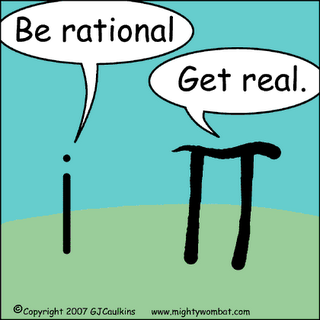Today I attended the MIT webinar Playing Seriously II. This discussion followed closely with the topic that we’ve discussed often in this class this semester; that is, the use of games as a teaching tool. Scot Osterweil, the creative director of MIT education arcade, started by showing a 1560 painting by Elliott Avedon that depicts 200 kids playing. He then showed modern photos of children similarly playing. He did this to show that play hasn’t changed. He said, “All kids play and always have”. It is prudent for teachers to use this information to structure their class. Osterweil contends that with play comes exploration.
He explained his Four Freedoms of Play as 1) The freedom to experiment 2) The freedom to fail (in a low risk environment and it doesn’t discourage continuation) 3) The freedom to try on identities 4) the freedom of effort (can be relaxed and/or aggressive). Because children accept these freedoms in play, it allows them to be more willing to try new things, and to continue with them with the goal of mastering despite failing in (sometimes multiple) attempts, and despite arbitrary rules and structures. He asked the question, “How do we channel into learning activities while still allowing for play’s open-ended nature?” The answer is, of course, games.
Osterweil explained that many educators believe that work and play must be different. He showed a graphic to demonstrate what some educators think:
Work Play
<--------------------------->
Learning Fun
This shows that work and play, as well as learning and fun, are at opposite sides of the line. He contends that it doesn’t have to be so opposite. He explained that using games can meet the same goals as rote memorization. Using games makes it not about memorizing, but about learning "strategies, process, and habits of mind".
He also said that players understand that wrong answers are part of getting right answers, and that’s an accepted concept in playing a game. I completely see this point. If you’re playing Asteroids or some type of game, it is assumed your spaceship is going to be destroyed, and the idea of ‘try, try again’ is an unspoken part of the process. It’s natural, and the challenge of beating those space invaders keeps you trying. You don’t see that same determination to succeed in a classroom; once a student fails a quiz, chances are, they will have decide that there is no way they can pass the big test, and, consequently, they are a lot less willing to try. They have lost their motivation to master the challenge.
Another point made is that playing, and trying new strategies and plans, even if they fail, allows a student to think like a scientist, mathematician, or an engineer. Players build a scaffold for future learning, and they engage with content in context. They complete activities that are tactile and offer sensory satisfaction such as noises, lights, and scenery. The goal is practice and repetition as they approach mastery, and that certainly is easier to achieve if students are having fun while it happens. The task isn't seen as a chore.
Everything Oserweil said made absolute sense, and his straight forward way of presenting the ideas really made me think that it all seems so obvious. Why, then, aren’t more educators taking this approach? Of course some people in the discussion board were saying it’s hard to fit everything in that the curriculum demands, and that’s certainly true. I think, though, that it doesn’t take any longer to allow students 15 minutes to practice using an online game or doing a 15-minute teacher led Q & A. Fifteen minutes is fifteen minutes! It is an interesting new way to look at lessons, that’s for sure!
MIT is currently holding a challenge for schools using their online math game Lure of the Labyrinth. The Lure of the Labyrinth Challenge is a free online math challenge for grades 6-8. While playing the game, students use mathematical thinking and problem-solving skills to progress through a compelling graphic-novel story. According to the website, "Lure of the Labyrinth is a web-based game where middle-school students are immersed in a compelling storyline in which an underground monster-inhabited world comes to life". Players (teams of 4-6) "plunge into a shadowy factory on a mission to rescue their missing pet using mathematical thinking skills to progress through the graphic-novel story". There are prizes available for the students. It is a teacher driven contest (that is, the teacher must register the students) that runs April 1-June 15. It’s ongoing so it’s not too late to join the challenge. http://lureofthelabyrinth.net/www/
 Keisha Louis This is my first time exploring math monday and I really enjoyed it! So many great ideas to use in the classroom. I remember making 3D paper shapes in school but we never went to the extreme of making polyhedras lol. It was simply a pyramid or cube. I wouls love to make paper polyhedras in my class soon :)a few seconds ago · LikeUnlike
Keisha Louis This is my first time exploring math monday and I really enjoyed it! So many great ideas to use in the classroom. I remember making 3D paper shapes in school but we never went to the extreme of making polyhedras lol. It was simply a pyramid or cube. I wouls love to make paper polyhedras in my class soon :)a few seconds ago · LikeUnlike






